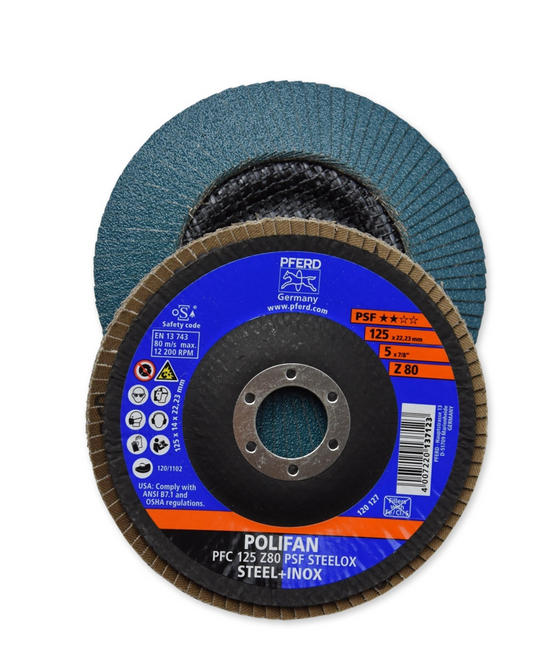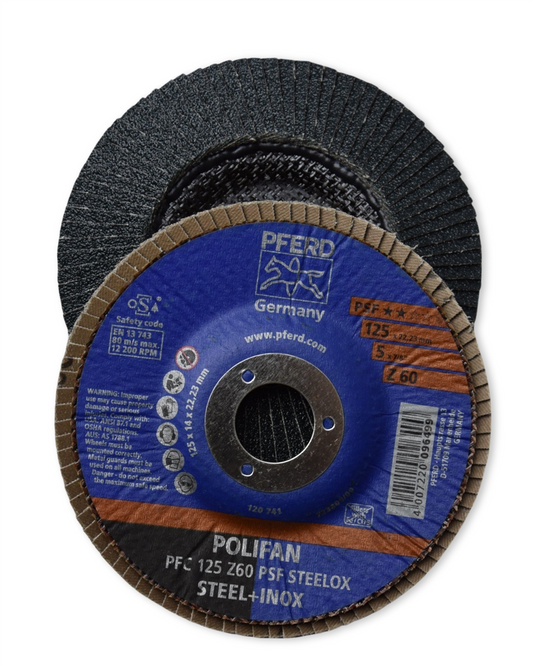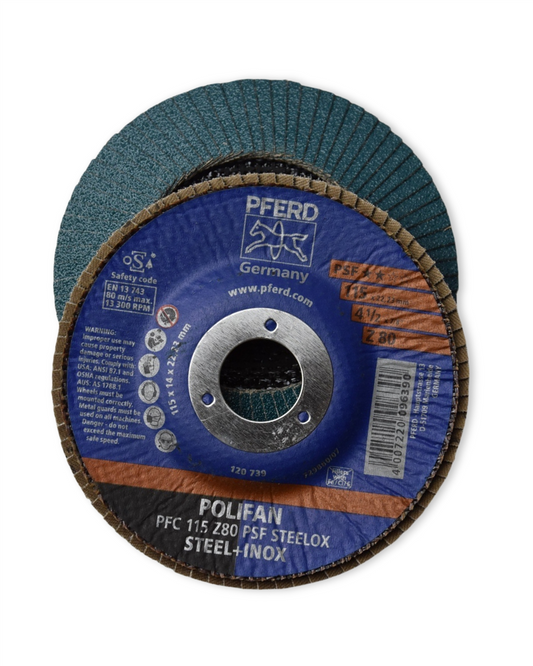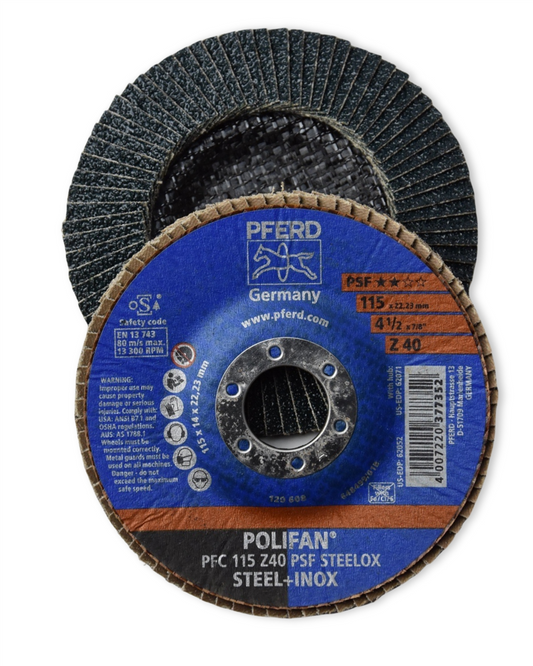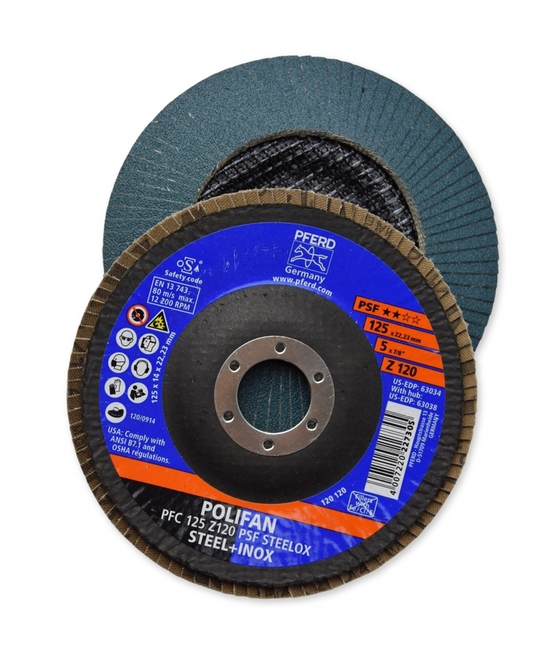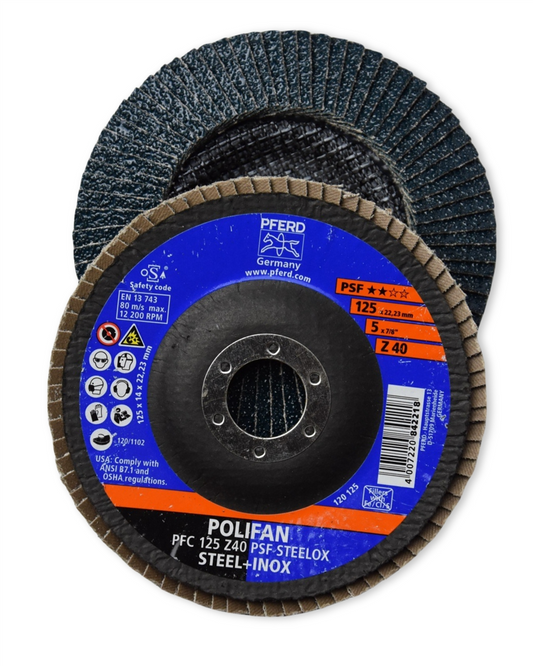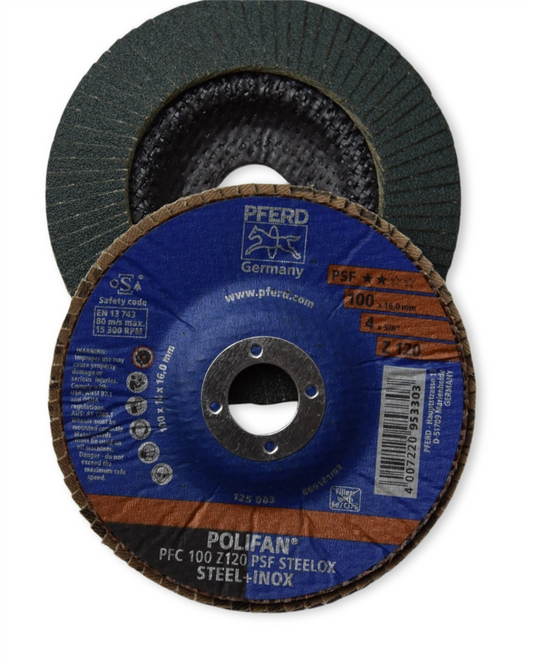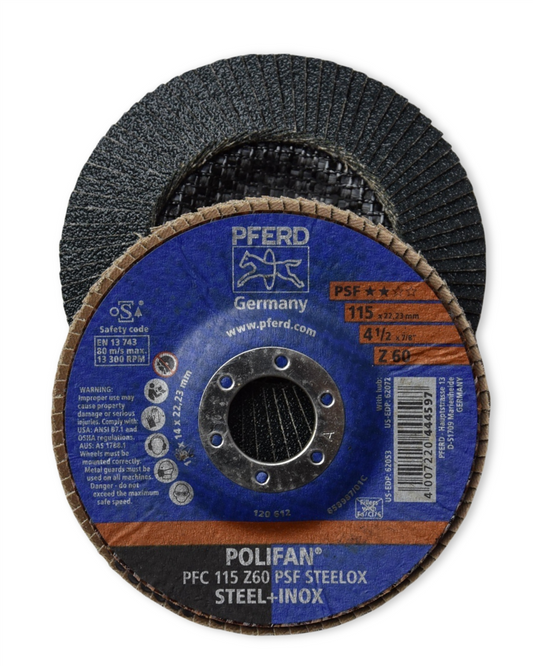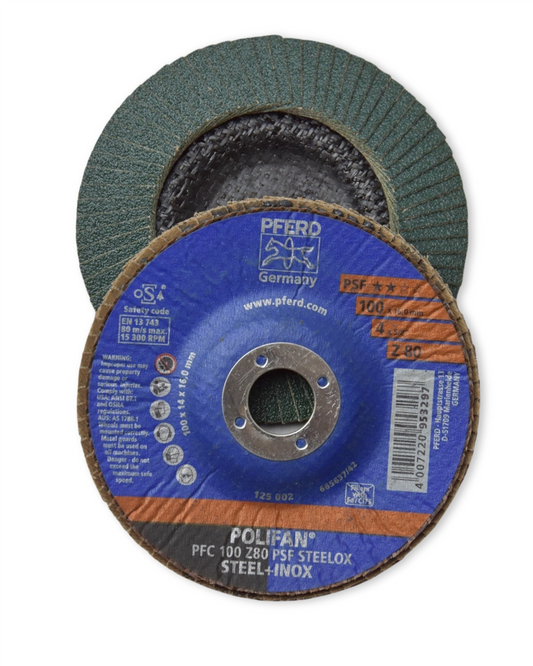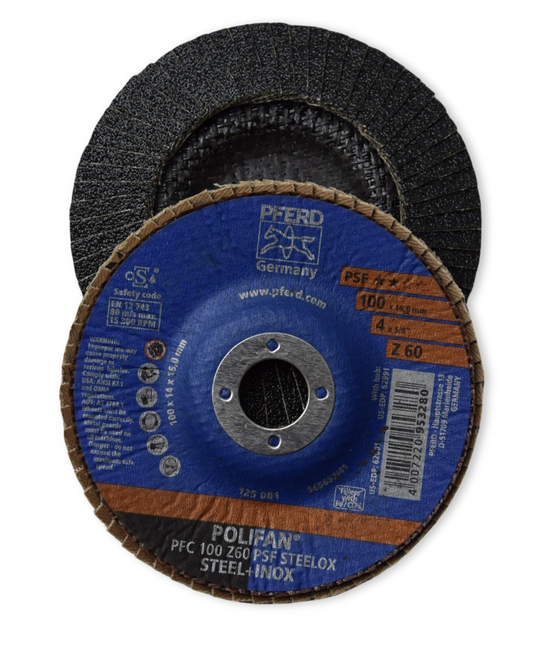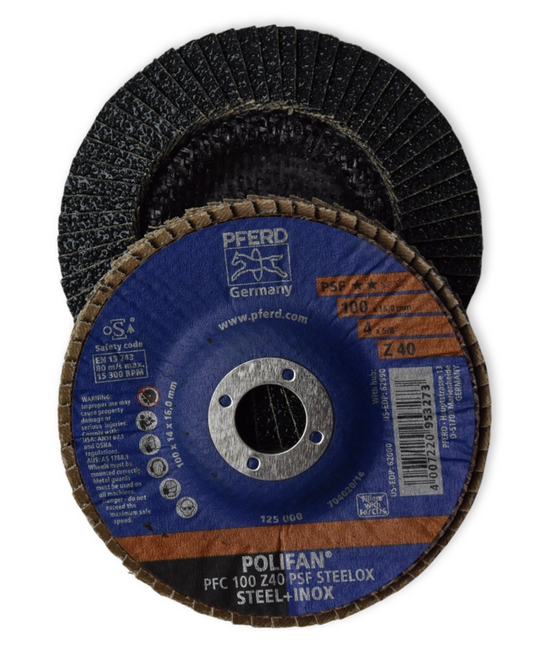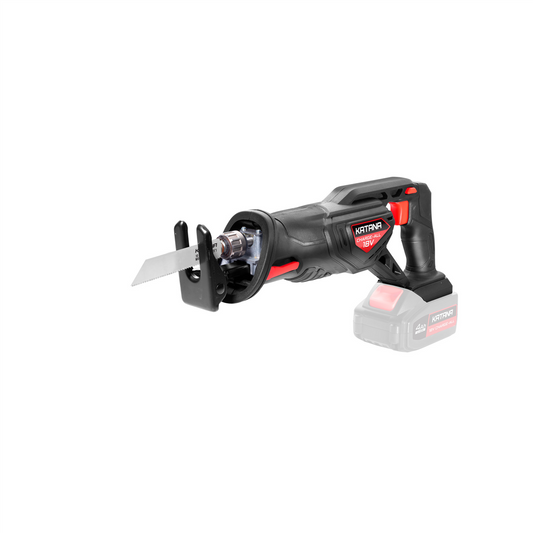Cleaner blades, smoother breeze—stop dust drag and keep your fan airflow sharp today
Share
Are Dirty Ceiling Fan Blades Ruining Your Airflow (and Keeping Dust Circulating?)
Ceiling fans do more than cool—they keep your space moving. But when those blades are coated in dust and grime, they stop doing their job. Airflow drops, the motor strains, and instead of a breeze, you’re left with a wobble and a whir.
Let’s set the record straight: if your ceiling fan is noisy, sluggish, or blowing more dust than air, it’s crying out for a proper clean. The good news? It doesn’t take much—just a few household items, some elbow grease, and the right know-how.
Why Clean Your Ceiling Fan Regularly
The layers of dust don’t just look bad—they affect your health and pocket, too. When left untouched, fan blades become dust slingers, redistributing particles into the room. That means more sneezing, more cleaning, and poorer indoor air quality. Even worse, buildup causes drag on the blades, reducing airflow and making the motor work harder than it should.
“A well-maintained ceiling fan isn’t just more efficient—it extends the life of your fan and keeps your home feeling fresher,” says Candeece, our in-house DIY guide and fan of clean fans (pun intended).
What You’ll Need
- Stepladder or sturdy stool
- Microfibre cloths
- Warm soapy water (mild detergent)
- Old pillowcase
- Screwdriver (if blade removal is needed)
- Dry towel or cloth
- Kitchen tongs (trust us—you’ll see)
Step-by-Step: How to Clean a Ceiling Fan
1. Turn It Off (and Let It Stop Spinning)
You’d be shocked how many folks skip this one. Always switch off the power before handling your fan. For an extra safety step, flick the breaker off too.
2. Tackle the Loose Dust First
Slip an old pillowcase over each blade one at a time and gently pull it back toward you. This traps a mountain of dust inside the pillowcase instead of letting it rain down on your bed or workbench. Shake the pillowcase out outside when done.
3. Wipe Down the Blades Properly
Dampen a microfibre cloth with warm soapy water and give each blade a solid wipe. Don’t soak them—excess water can warp wooden blades. Follow with a dry cloth to remove extra moisture. If your blades are sticky, add a splash of vinegar to your mix.
Quick Tip: Wrap a cloth around kitchen tongs and secure with elastic bands for easy blade cleaning—one swipe, top and bottom done.
4. Clean the Motor and Housing
Use a dry cloth or vacuum attachment to dust around the motor housing, canopy, and any light fixtures. This not only cleans but reduces fire risk in units with built-in lights.
5. Check Screws and Balance
A wobbling fan isn’t just annoying—it can be dangerous. While you’re up there, check all screws and brackets are tight. If the fan still wobbles, a blade balance kit or a bit of patience adjusting blade angles can sort it.
6. Optional: Remove and Deep Clean Blades
If it’s been a while (like, years) or you're mid-reno and want it spotless, it might be worth removing the blades completely. Soak them in warm, mild soapy water briefly, wipe dry, and reinstall once fully dry.
How Often Should You Clean It?
- Every 2–3 months: Quick wipe with a pillowcase and damp cloth
- Twice a year: Full blade clean and housing dust
- Before summer: Pre-season clean and tighten
Some swear by monthly cleans, others put it off until it rattles. But here’s the thing—regular cleaning makes each job easier (and shorter). Plus, it stops dust from baking onto the blades during the warmer months.
Bonus: Flip the Fan Direction Seasonally
In the cooler months, fans should run clockwise (at a low speed) to push warm air down. In summer, keep it counter-clockwise for that cooling breeze. Most fans have a switch on the motor housing—just make sure the fan is off before flipping it.
Common Ceiling Fan Cleaning Mistakes
- Using harsh chemicals – They can damage the finish.
- Spraying cleaner directly on blades – Always spray onto the cloth.
- Overtightening components – This can strip screws or crack the housing.
Can Neglecting Your Fan Cost You?
Over time, neglected fans lose efficiency. Motors wear, blades sag, and light fittings pull away from dirty mounts. On renovation or rental properties, it’s the little things—like crisp airflow in a hot room—that can impact appeal. Would you want to tour a place and have dust swirls dancing above your head?
If you're already up there freshening the walls or replacing light fittings, don’t overlook the fan. A 10-minute clean can improve comfort, appearance, and longevity, and might stop you having to replace the whole unit prematurely.
Need Replacement Parts or Tools?
If your fan’s past its prime or one bracket’s gone wonky, we’ve seen it—and we’ve got options. From multi-head screwdrivers to cleaning sprays and replacement fittings, just ask when you’re in store. We’ll help you get it sorted, quick-smart.
Tidy blades, smooth spins, and steady air—it doesn’t take much, but it goes a long way.
Happy cleaning,
Candeece

Stay Connected
Follow our Facebook Page: Strathalbyn H Hardware on Facebook

